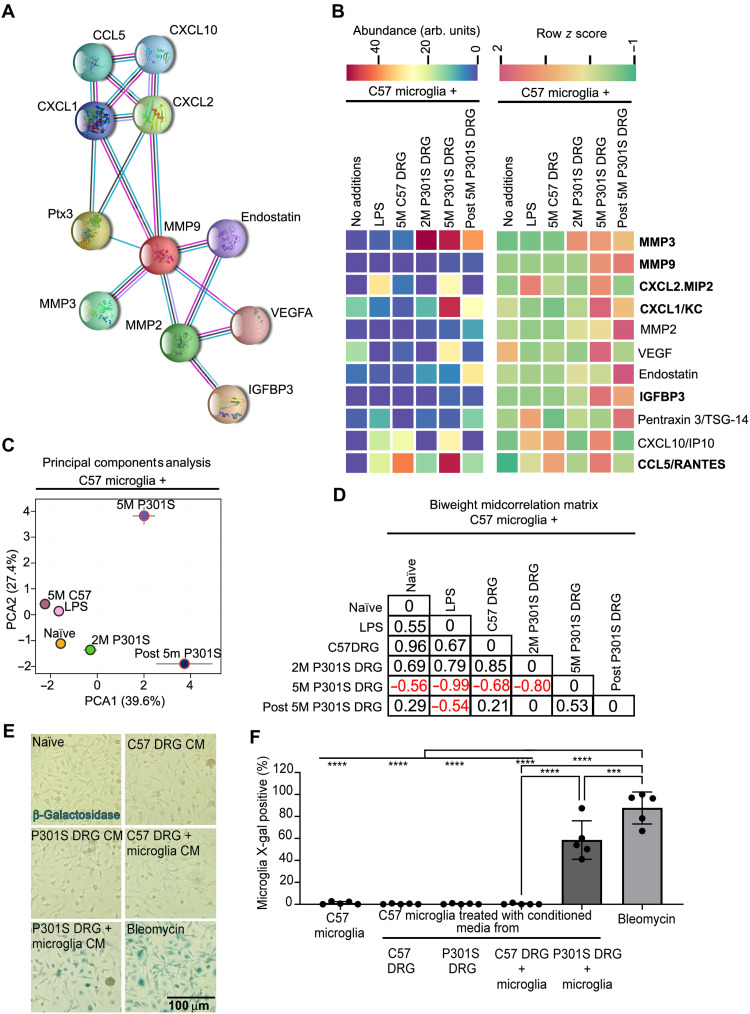Fig. 5. Microglia cocultured with 5M P301S DRGn secrete a unique protein profile.
(A) Functional interaction network between the 11 proteins identified by STRING analysis. (B) Comparative heatmap analysis of protein expression of a family of proteins that are highly enriched in CM from 5M P301S DRGn-microglia cocultures or CM from microglia reisolated from cocultures with 5M P301S DRGn, but not in naïve, monocultured microglia or those cocultured 5M C57 DRGn or 2M P301S DRGn (with no filamentous tau aggregates). Previously published SASP members are in bold. (C) PCA plot of proteins presented in (A) (means ± SD, N = 3 independent experiments). (D) Biweight midcorrelation matrix of the PCA data showing a strong negative correlation between the condition of coculture of microglia with 5M P301S DRGn and all other experimental conditions except for microglia reisolated from cocultures with the 5M P301S DRGn. (E and F) Microglia treated with conditioned medium (CM) from cocultured 5M P301S DRGn and microglia significantly activate the senescence-associated marker β-galactosidase activity compared to monocultures or microglia cocultured with 5M C57 DRGn (P = 1 × 10−5 versus naïve, C57 DRG, or P301S DRG, one-way ANOVA with Bonferroni post hoc correction). Data are quantified in (F). Bleomycin is used as a positive control. N = 5 independent experiments, means ± SD.

